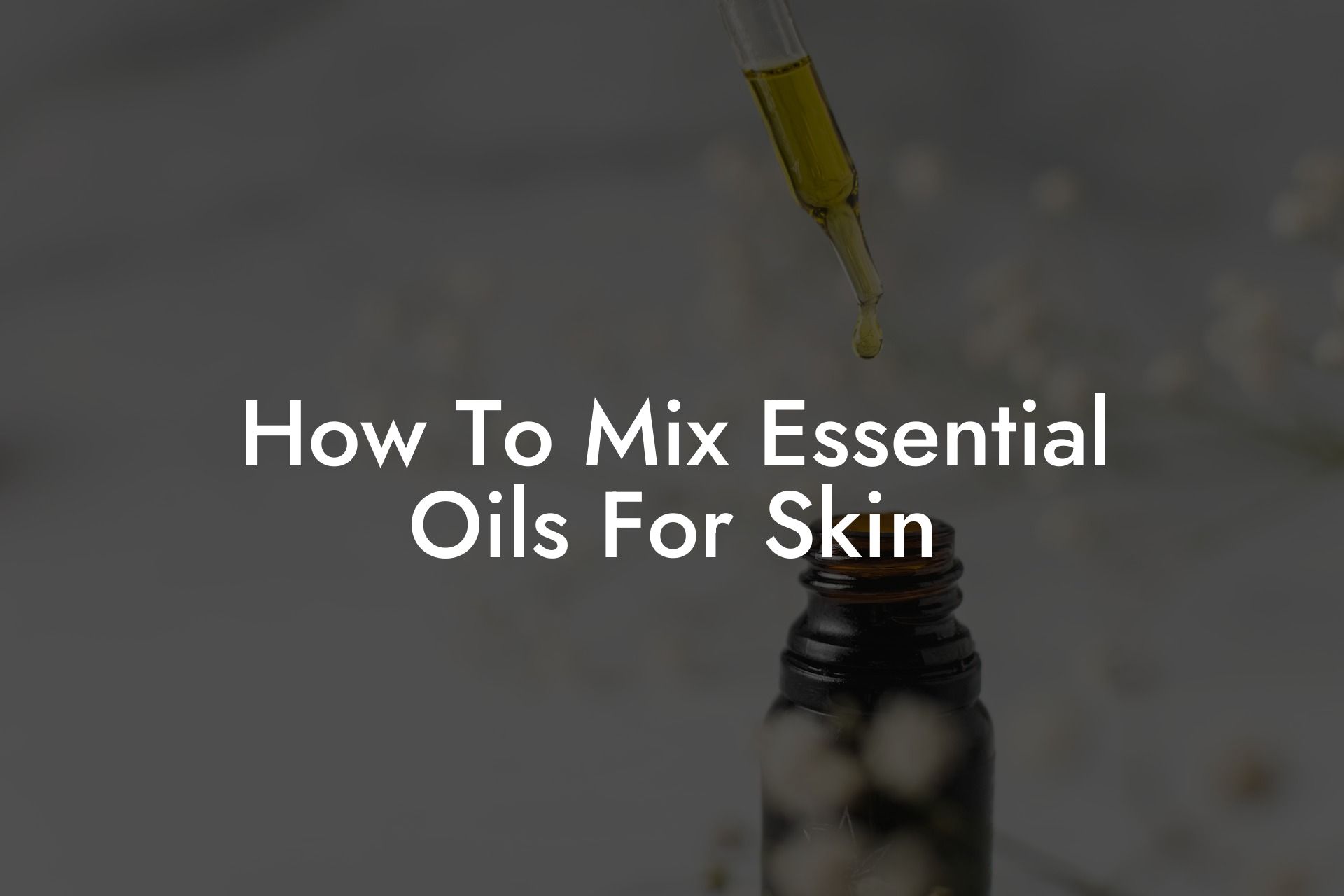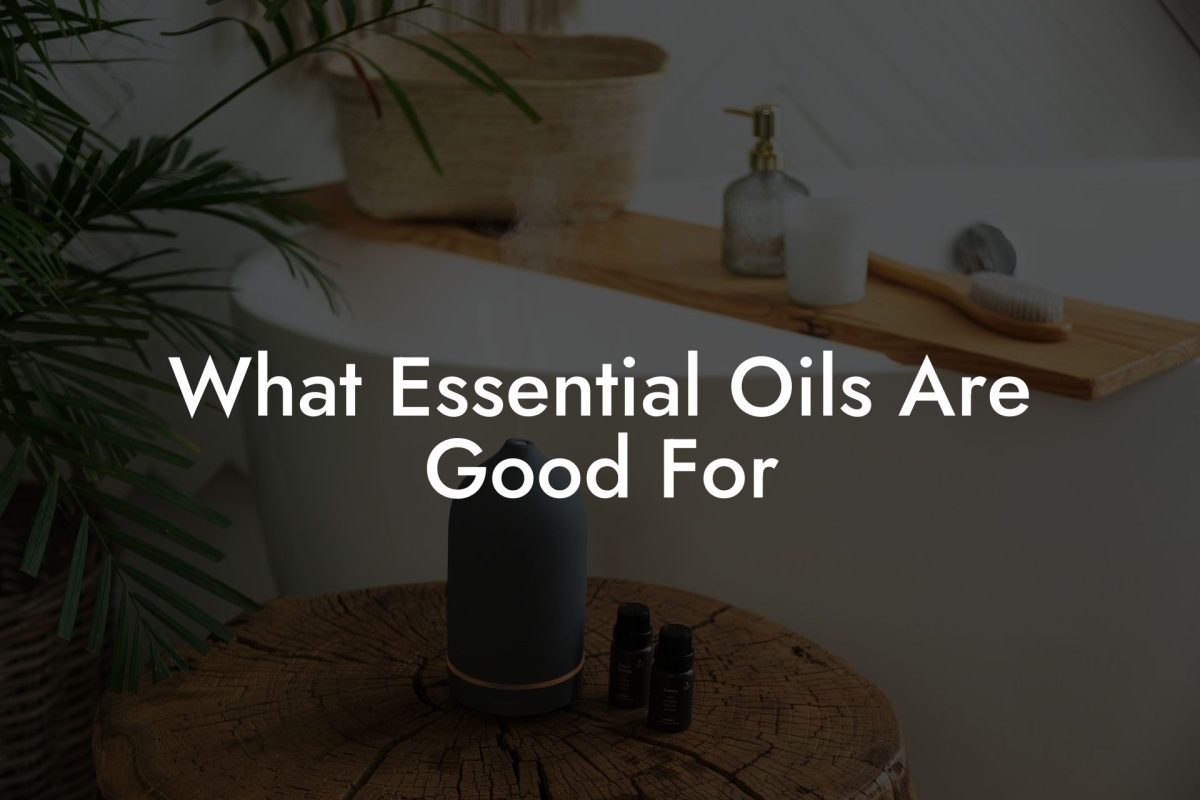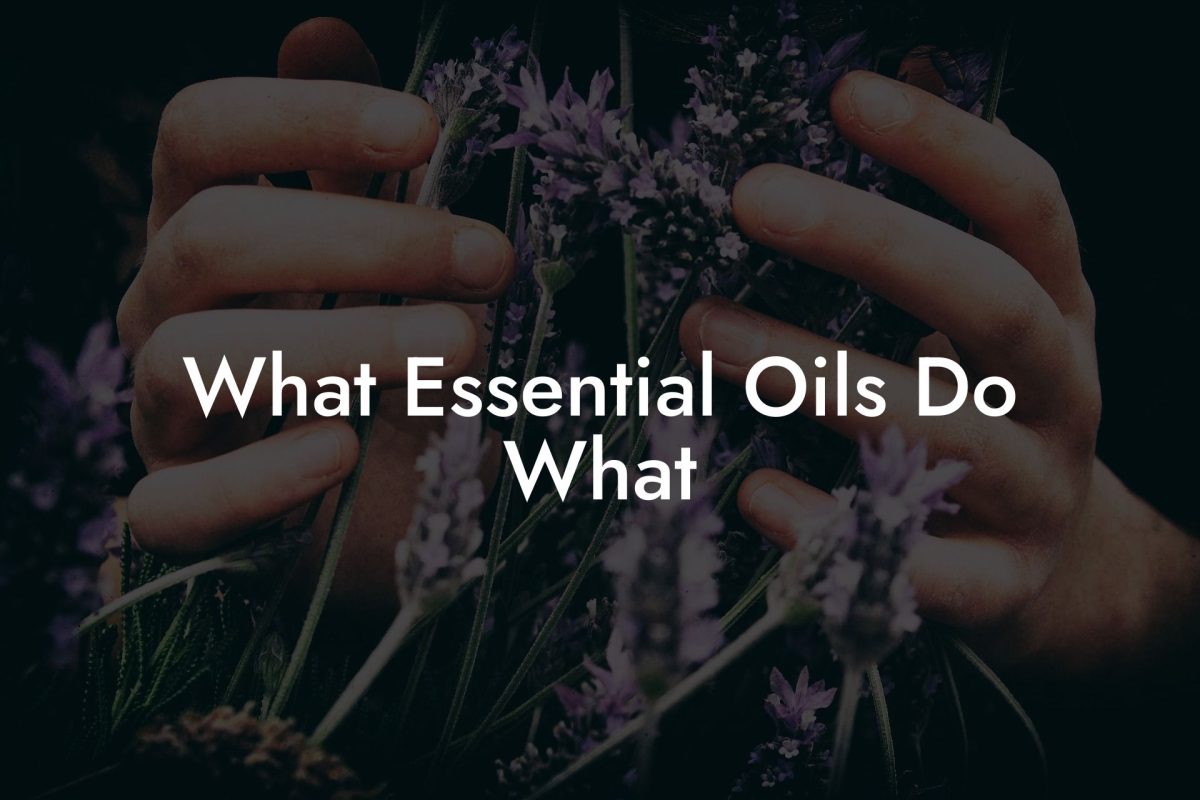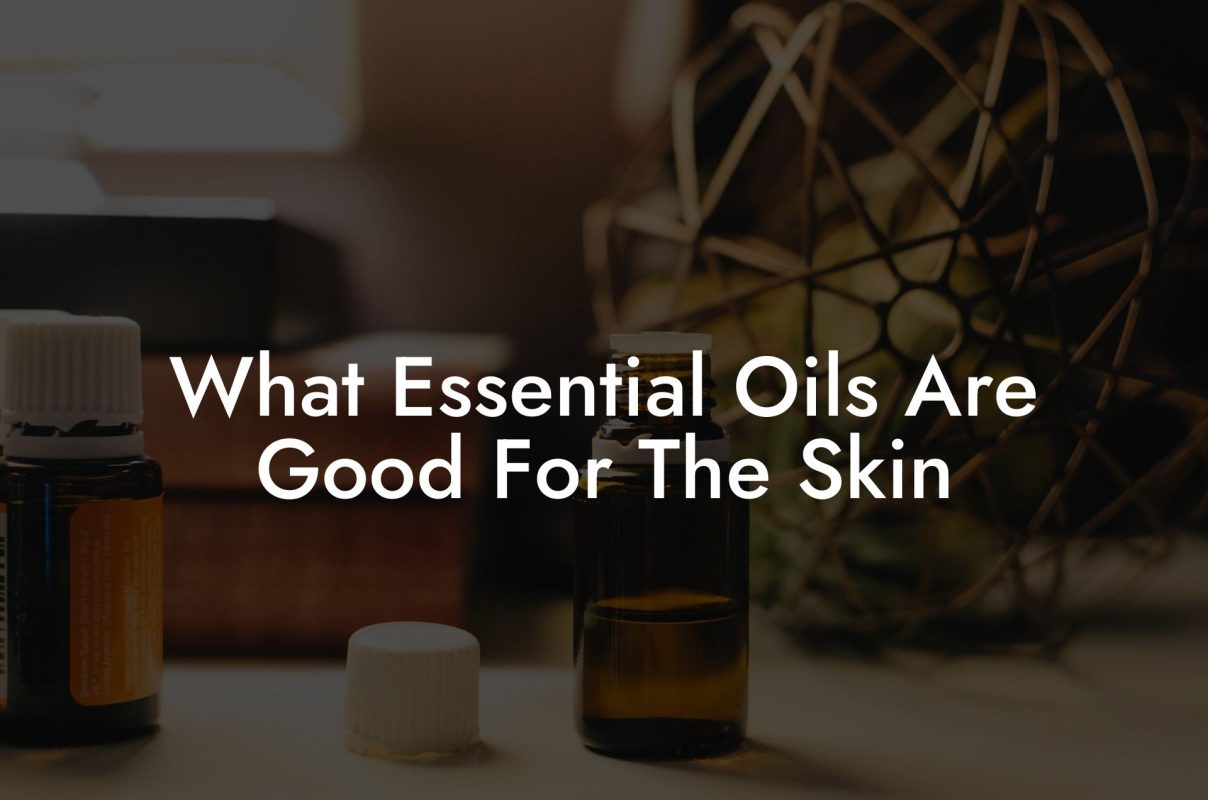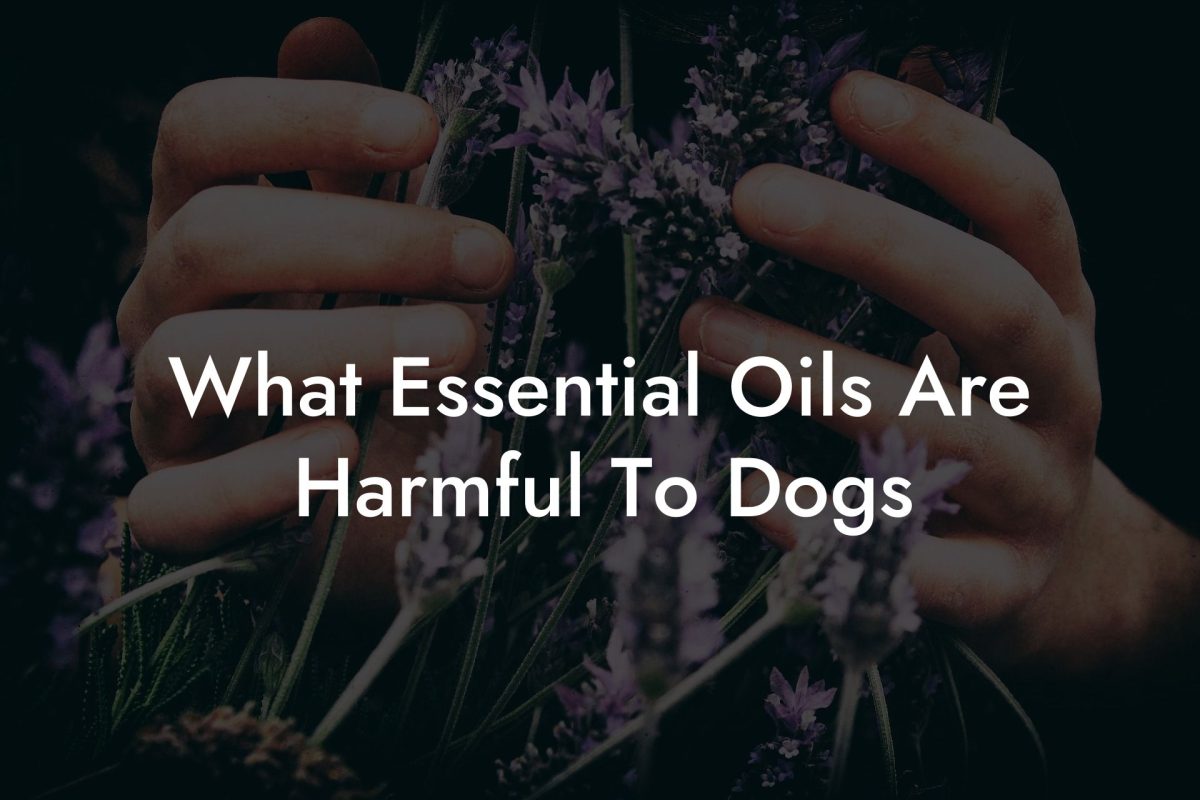Essential oils are nature’s gift to enhance our beauty, health, and well-being. Mixing essential oils for skin can be a bit daunting at first, but with the right knowledge, you can create your own personalized skincare products that cater to your skin’s unique needs. In this article, we’ll explore the art of blending essential oils for skin, explaining the fundamentals of proper dilution, carrier oils, and effective combinations. You’ll also find inspiration in a practical and realistic example to help you get started on your essential oil journey.
Table of Contents
Understanding Essential Oils and Skin Types
Before diving into mixing essential oils for your skin, it’s essential to understand your skin type and how various essential oils may work for you. Generally, there are five skin types:
- Normal
- Dry
- Oily
- Combination
- Sensitive
Each skin type has specific essential oils that work best to address their unique needs. For example, lavender or chamomile may help soothe sensitive skin, while tea tree or lemon can aid in controlling oil production for oily skin. Thoroughly researching each essential oil and its benefits will help you create the perfect blend for your skin type and concerns.
Choosing the Right Carrier Oils
Carrier oils are essential when mixing essential oils for skin. Carrier oils serve as a “base” that dilutes the concentrated essential oils and makes them safe to use on the skin. Some popular carrier oils include:
- Jojoba oil
- Coconut oil
- Argan oil
- Almond oil
- Avocado oil
Each carrier oil has its own unique properties and benefits, so it’s crucial to choose one that complements your essential oil blend and your skin type. For instance, if you have dry skin, using a nourishing carrier oil like avocado or almond oil may be beneficial.
Proper Dilution Ratios
When mixing essential oils for skin, always remember to dilute them appropriately. Essential oils are potent and can cause irritation or even damage if used undiluted on the skin. To safely dilute essential oils, follow these general guidelines:
Adults:
- For a 1% dilution, mix 6 drops of essential oil per 1 ounce of carrier oil
- For a 2% dilution, mix 12 drops of essential oil per 1 ounce of carrier oil
Children (ages 2-12):
- For a 0.5% dilution, mix 3 drops of essential oil per 1 ounce of carrier oil
- For a 1% dilution, mix 6 drops of essential oil per 1 ounce of carrier oil
It’s essential to start with a lower dilution and test the blend on a small area of skin before applying it to larger areas.
Creating Effective Essential Oil Combinations for Skin
When blending essential oils for skin, consider not only the individual oil’s benefits but also how they work together synergistically. Strive to create a mixture of essential oils that address various aspects of skin health and complement one another. Here are some guidelines to help you create effective combinations:
- Choose oils that have similar benefits and support the overall goal of the blend
- Consider the scent profile of each oil and how it contributes to the overall aroma of the mixture
- Begin with a small amount of each essential oil, and adjust the blend as needed to create the desired balance and synergy
How To Mix Essential Oils For Skin Example:
Let’s create a simple yet effective skin-soothing blend for sensitive skin. The primary goal is to calm and nourish the skin. We will start with the following ingredients:
- Lavender essential oil – 4 drops (soothing and calming)
- Chamomile essential oil – 2 drops (anti-inflammatory and soothing)
- Jojoba oil – 1 ounce (carrier oil, lightweight and nourishing)
In a small glass container, add 4 drops of lavender essential oil and 2 drops of chamomile essential oil. Mix well. Next, add 1 ounce of jojoba oil to the blend and shake or stir to combine thoroughly. You have now prepared a 1% dilution of essential oils in a carrier oil.
Patch test the blend on your wrist or elbow to ensure it does not cause any irritation or adverse reactions. If there are no issues within a few hours, you can proceed to use the blend on larger areas of your skin.
Armed with the knowledge of blending essential oils for skin, you can now create tailor-made skincare products just for you. Remember that practice makes perfect, and with time and experimentation, you’ll find the ideal combinations that work best for your unique skin. Share this article with friends and family to help them create natural and personalized skincare products, and don’t forget to explore other informative guides and our range of artisan essential earth oils at Oshu Oils to further your essential oil journey!

